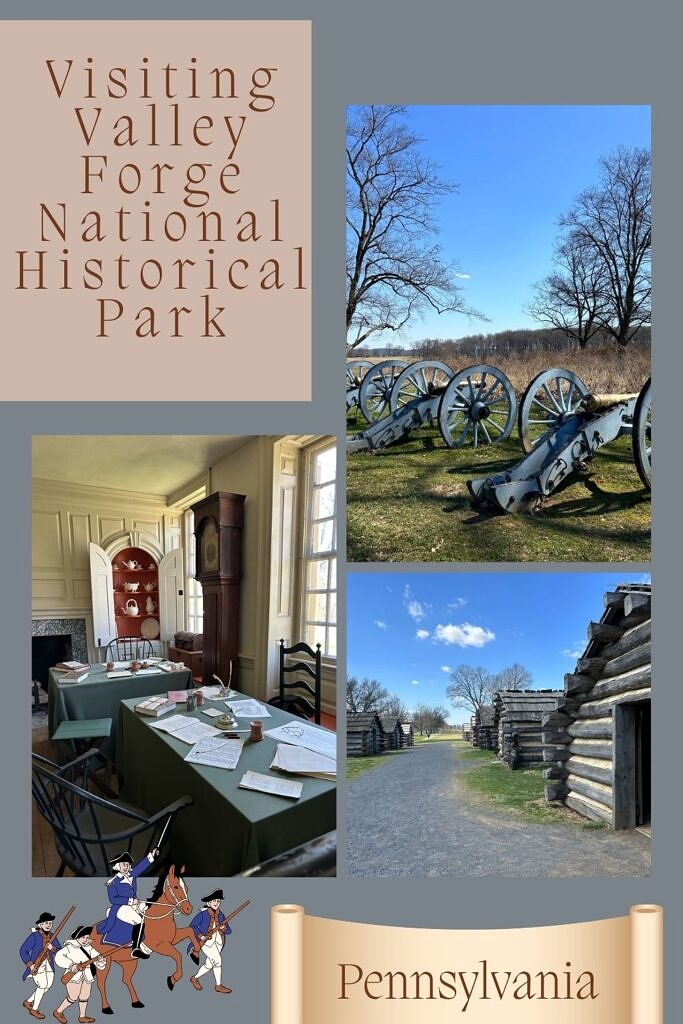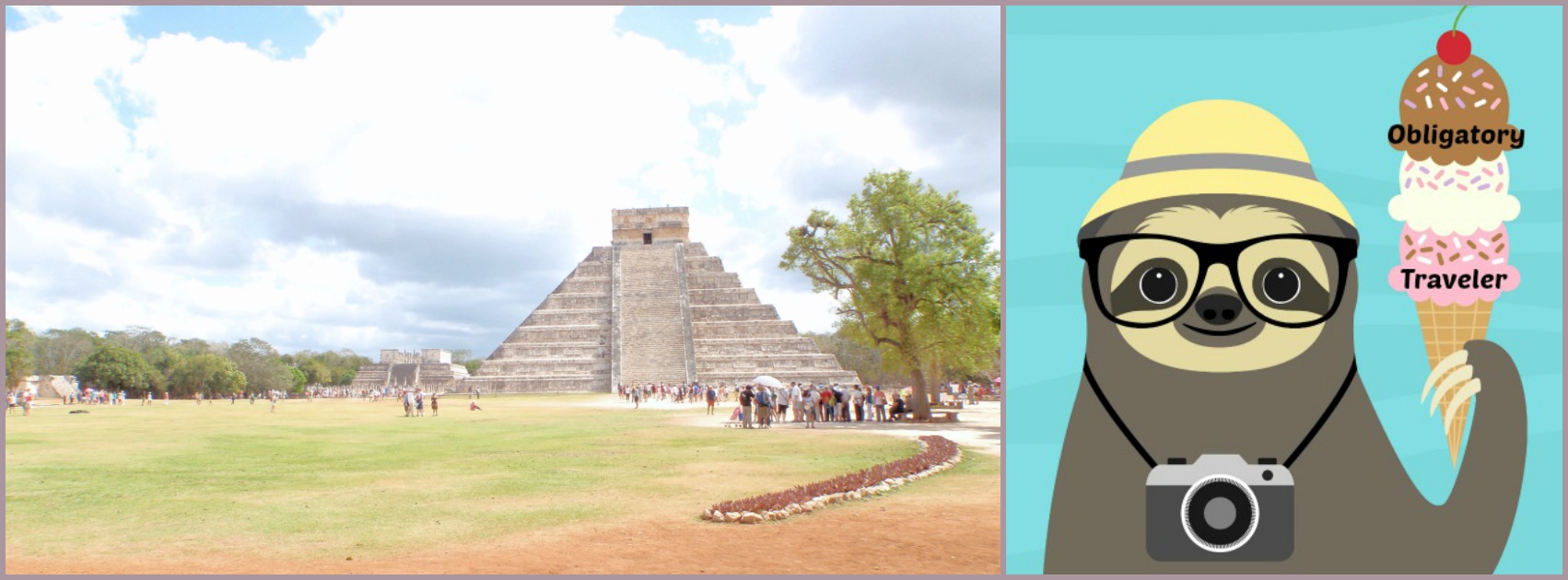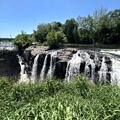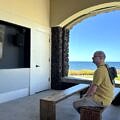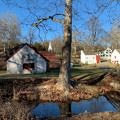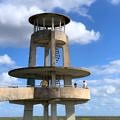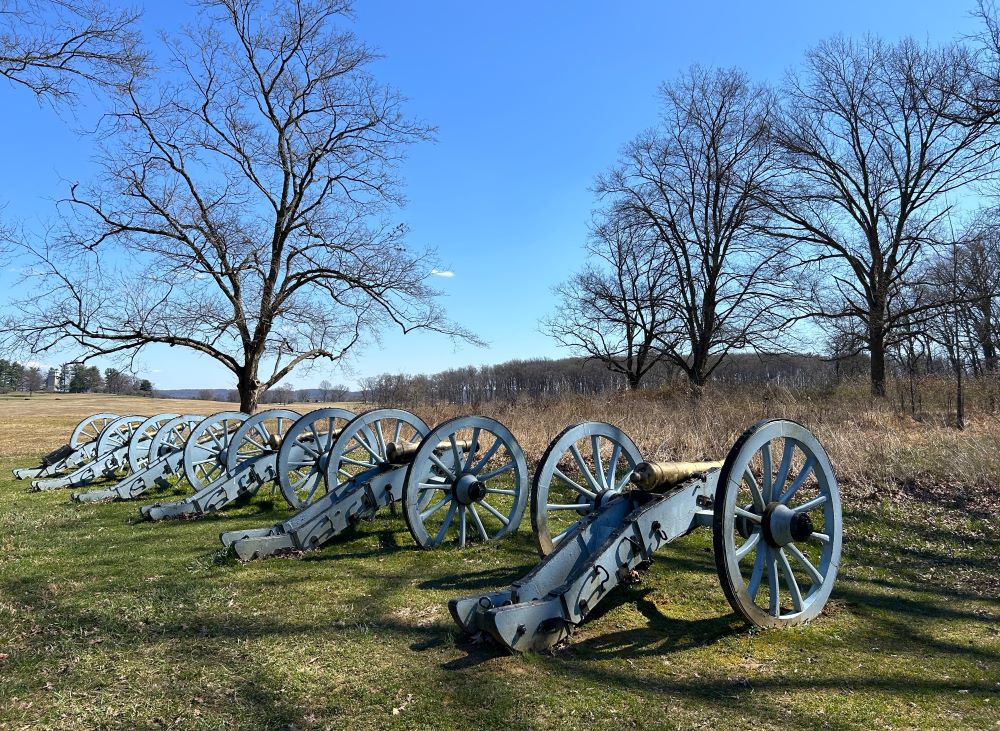
PLEASE NOTE, THIS POST MAY INCLUDE AFFILIATE LINKS, MEANING THAT IF YOU CLICK ON A LINK AND MAKE A PURCHASE, I'LL RECEIVE A SMALL COMMISION. THIS WILL COME AT NO COST TO YOU.
I breathe in the scent of the freshly printed page. Ink, just off of the copier, used to have a smell. Our
teacher’s footsteps tap on the cheap linoleum, as she walks up and down the aisles of desks. Eagar hands grab for the coveted blank permission slips. Our class is taking a field-trip, to Valley Forge National Historical Park. Anticipation fizzes through the classroom. No one really cares where we are going, it’s more that we are going somewhere. A field-trip means adventure, a break from the monotonous-all-day- desk routine. It’s the next best thing to a day-off. Valley Forge National Historical Park, here we come.
After an epic trip, visiting National Parks in Hawaii, team Obligatory Traveler, vows to visit more local,
National Park sites. I look forward to experiencing sites as an adult, without being tossed into the chaotic energy of desk-free kids .
Visitors’ Center
Our first stop, is Valley Forge National Historical Park’s Visitors’ Center.
Built in 1976, the design is meant to give visitors the feeling of being in a bunker. The building is large,
bright, with excellent exhibits, a gift shop, and restrooms.
After securing our National Park Passport Stamp, we wander the exhibits.
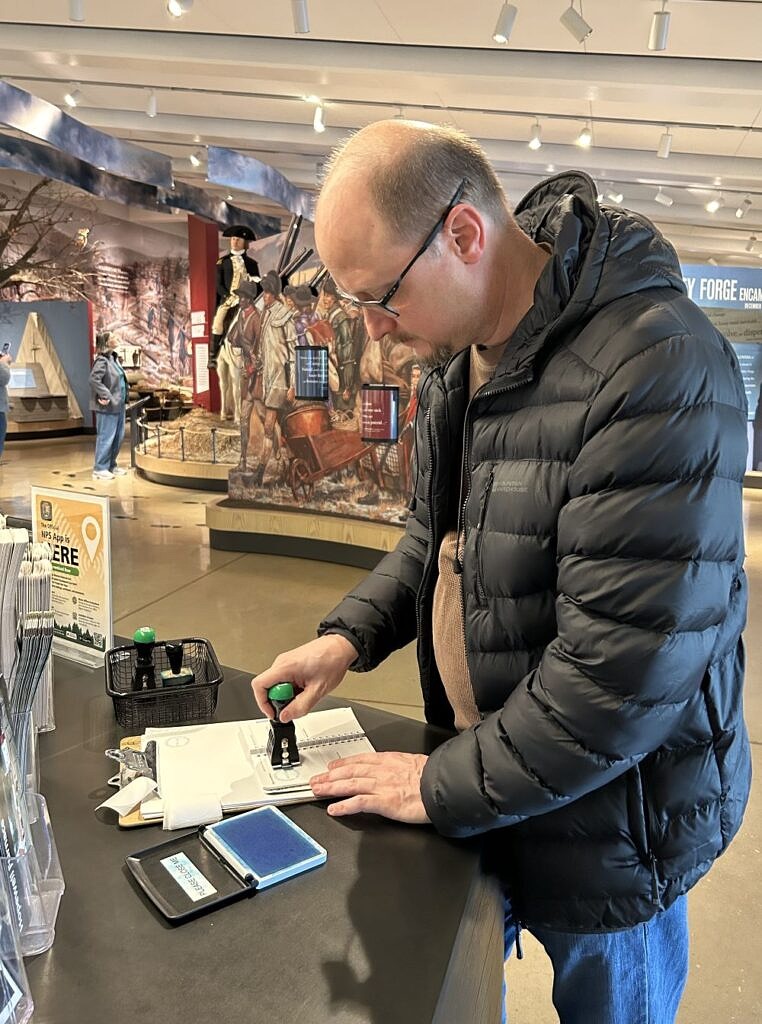
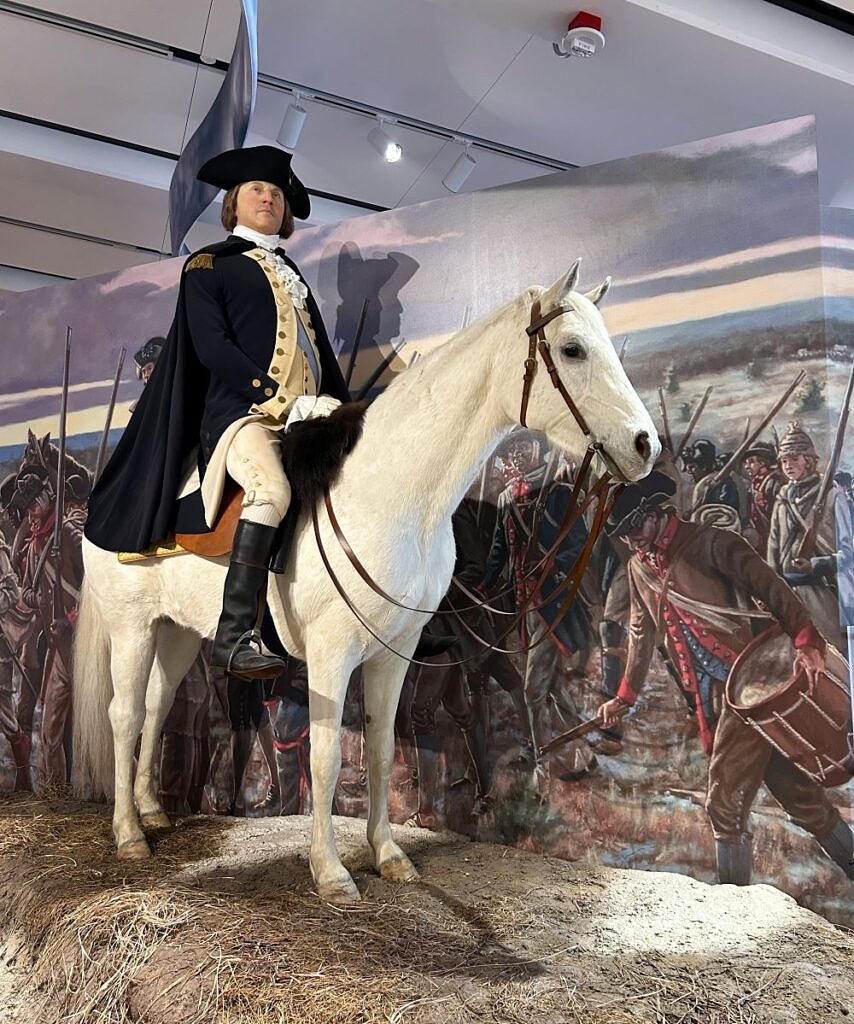
Growing up in the Philadelphia area, The Revolutionary War, and the birth of the United States, is the piece of history, I know the most about. Still, there is always a chance to learn something new.
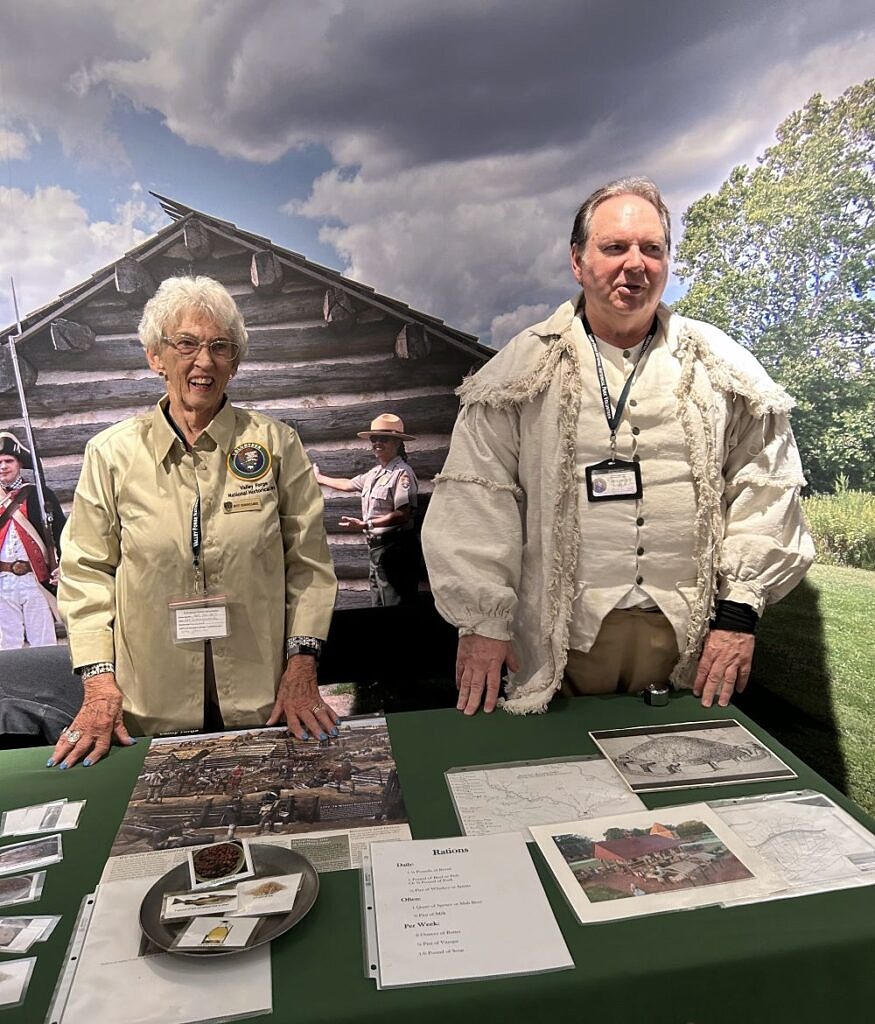
Volunteers, Bitsy and Hans, are knowledgeable and enthusiastic. Bitsy teaches us about one of my
favorite topics, food. She explains the rations soldiers received and how the food was stored (often resulting in soldiers eating rotten food). There are helpful visuals. Bitsy and Hans are great volunteers, so be sure to stop by the visitors’ center to say hello.
The Movie
Follow the path at the back of the Visitors’ Center, and take a short walk to Valley Forge’s theater.
Looking like a large barn from the outside, the refurbished, wooden benches, make the inside feel like a
church. It’s a visually-pleasing, theater, with a well-produced film, however, it’s not the most exciting or entertaining National Park film.
How to Get Around
There are multiple ways to explore Valley Forge National Historical Park.
Trolley-There is a trolley, that leaves from the Visitors’ Center, and takes guests on a 90-minute, guided
tour. The Trolley only operates from Mid-March to Late November. There is a fee for the tour, and
booking a reservation, before your trip, is highly recommended.
Bike-Biking around the park, is a popular activity, for visitors and locals. Rental
bikes are available at The Encampment Store (in the Visitors’ Center). Double check, because bikes can only be rented during certain months, and sometimes only on the weekends. There are also bicycle group tours available.
Walk, Hike, Run, or Ride a Horse-In addition to historic houses and monuments, there are a number of
nature trails for walkers, hikers, and runners to enjoy. There are also designated horse trails, but Valley
Forge is a BYOH (bring-your-own-horse) park.
Drive-The park offers a well-maintained driving loop, with many things to see. Like
other park sites, parking lots may be crowded. Driving is our preferred method of getting around on the day of our visit.
Stops
Be sure to pick up a map at the Visitors’ Center so you can locate all of the stops to visit. They are plentiful and you will want to prioritize what you want to see most. We did not stop at every location. We prioritized the buildings, while admiring the majority of statues and monuments, through the car window. We decide we will have to return to try the nature trails.
Cabins, cabins, and cabins
The cabins are the only part of Valley Forge National Historical Park that I remember from my childhood, field-trip, visit.
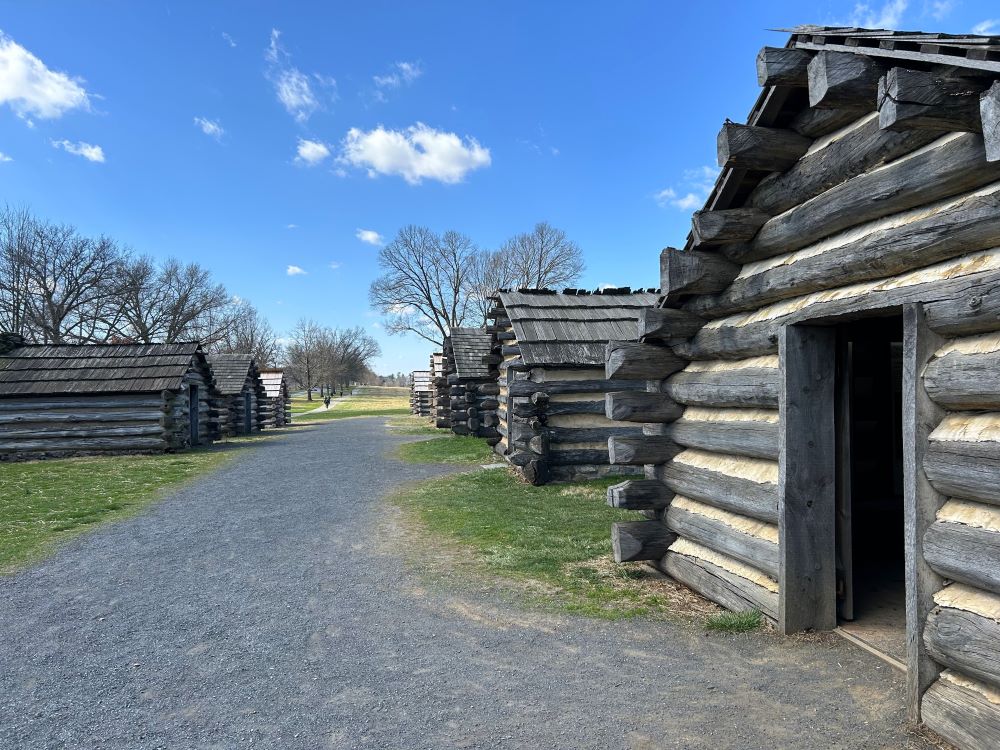
Even as a little kid, I was more interested in the day-to-day minutia of historic life, than the epic
battles.
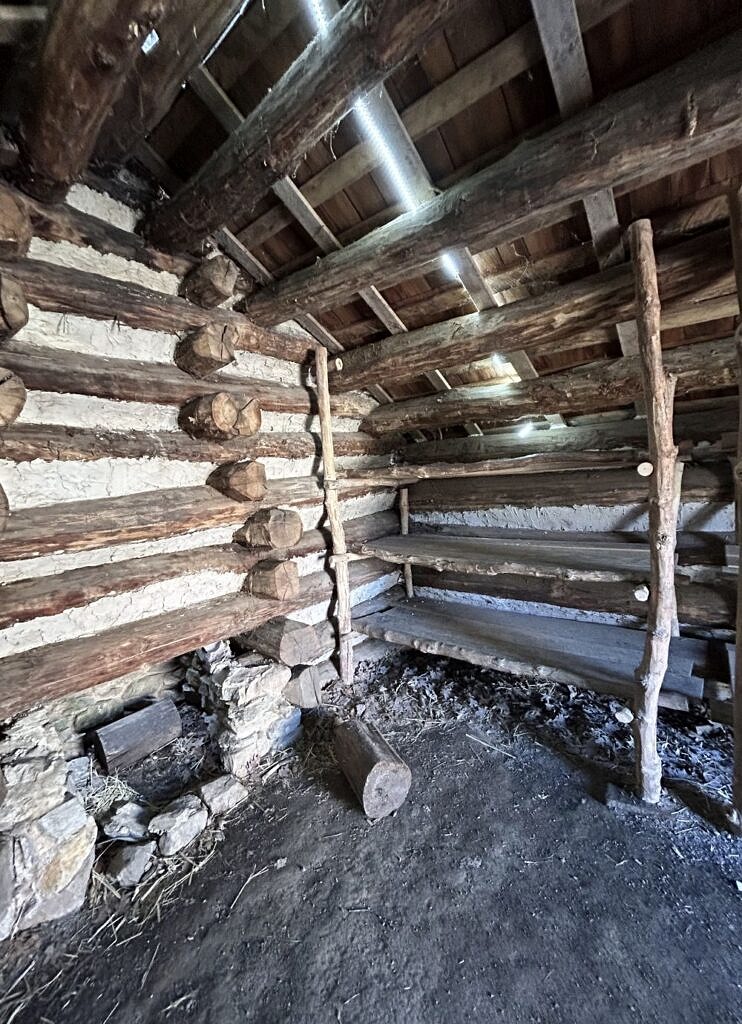
Learning that the soldiers who wintered here suffered cold, hunger, and sickness, stuck with me. As a kid I hated being cold. I wished there was some way to help the soldiers.
There are several areas of the park with cabins to explore.
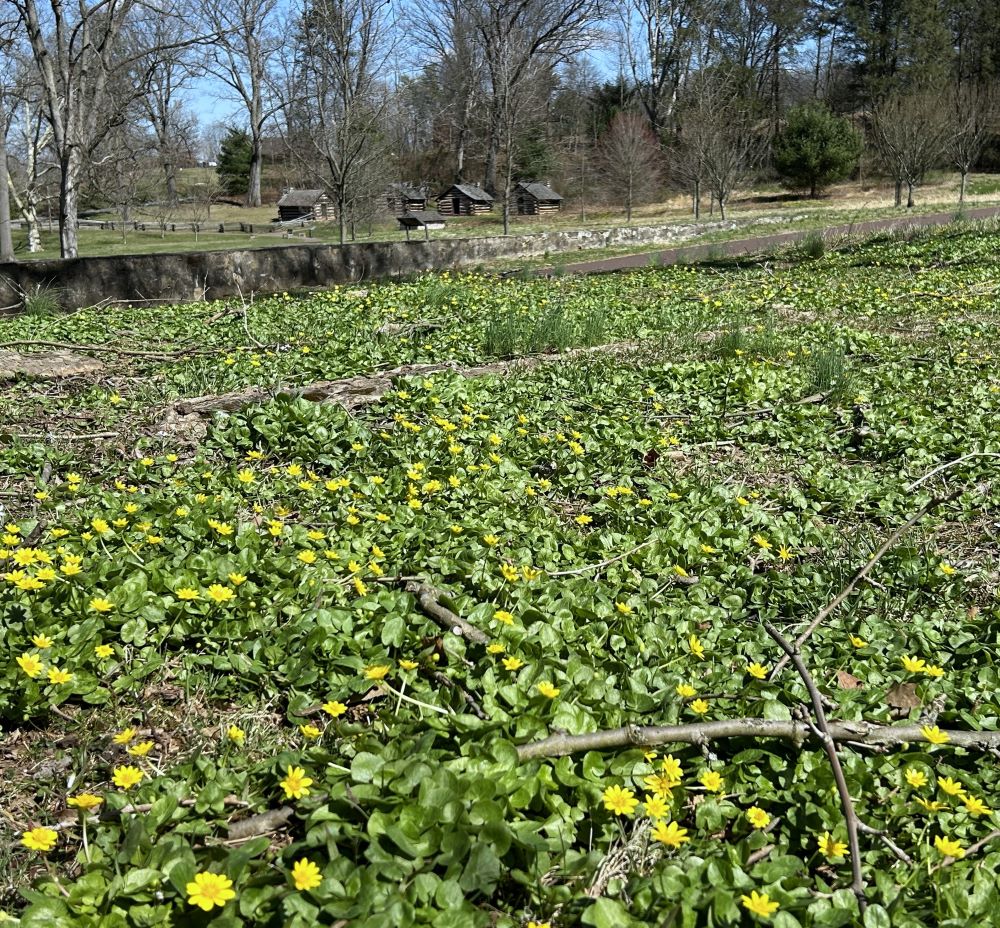
While some are empty inside, others are restored to look as they did, during Valley Forge’s, notorious, winter, encampment.
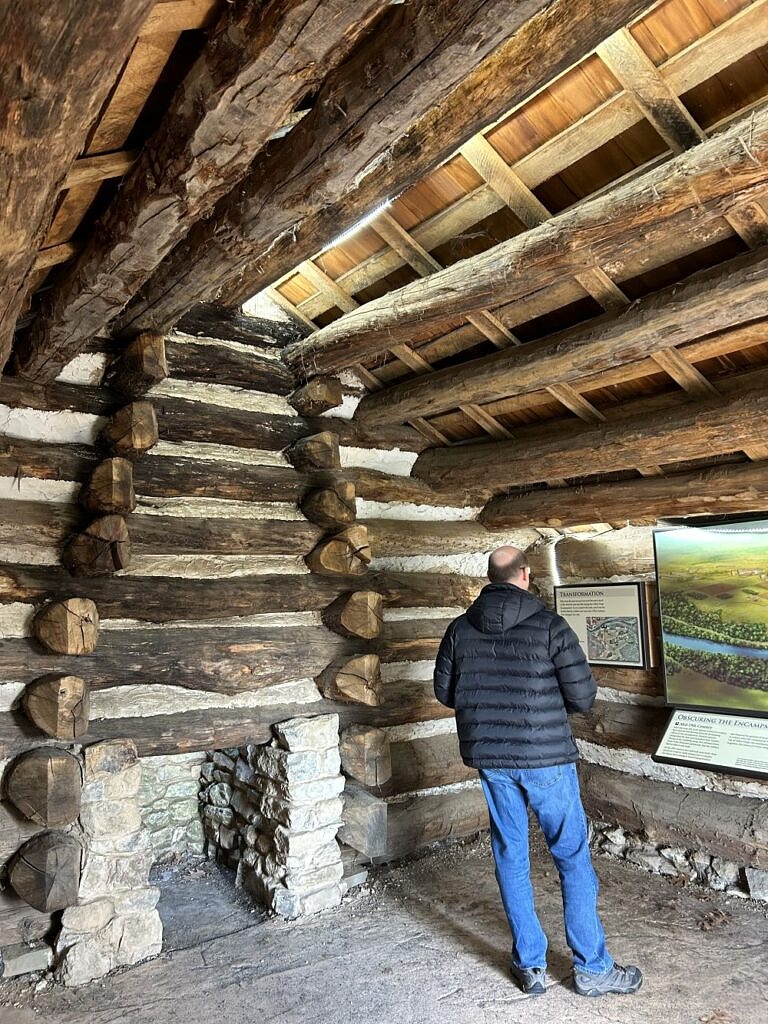
National Memorial Arch
The park contains multiple monuments, but the largest, is the National Memorial Arch.
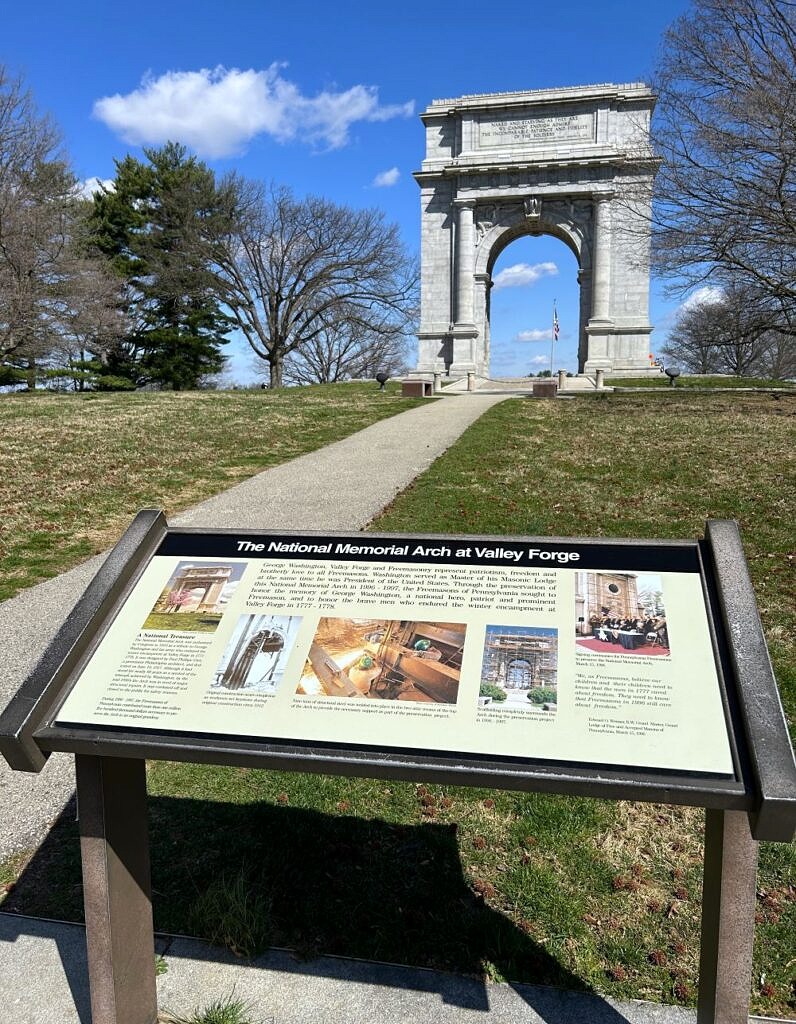
The Arch is built in the Roman style, to pay tribute to General George Washington and the soldiers who endured, cold, disease, and starvation, during the the Revolutionary War.
Redoubts
Redoubts are fortifications/forts, made of earth. We learned a lot about redoubts during our trip to
Williamsburg/Yorktown. Valley Forge National Historical Park has good, reconstructed redoubts.
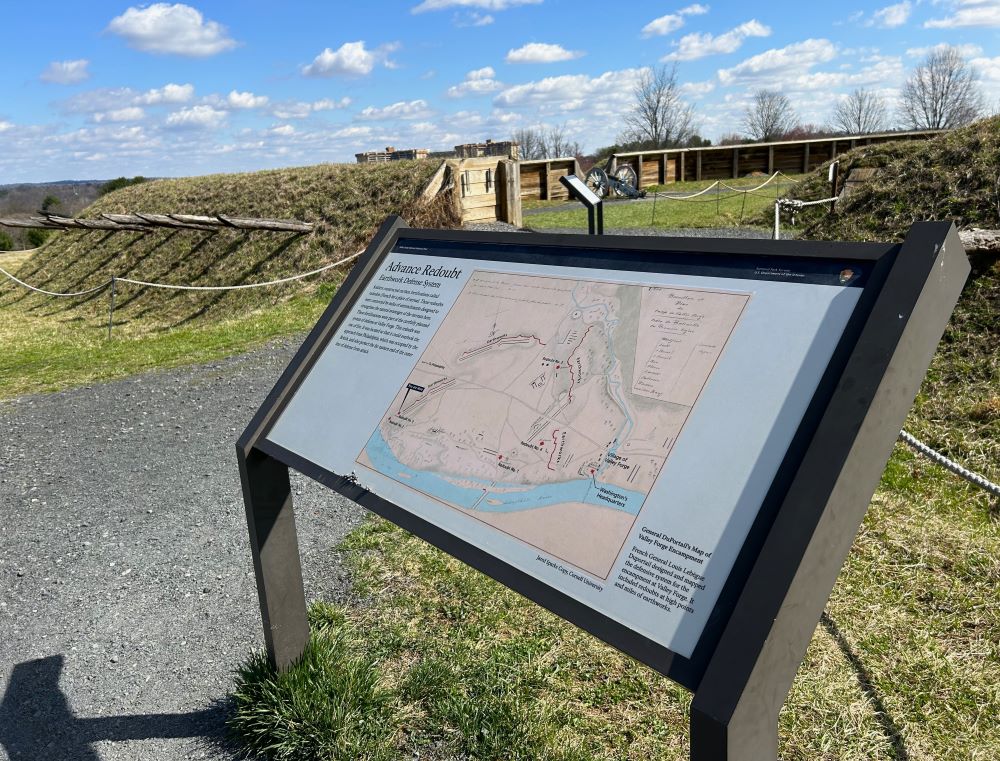
Cannons
As a person who is sensitive to violence, I’ve never been interested in weapons, but I do find
cannons intriguing. We’ve visited numerous historic sites and forts. We’ve seen many
cannons. Each one is a slightly different size, shape, and design. Sort of like destructive sculptures.

There are cannons located all over the Valley Forge National Historical Park, but the largest
concentration of these replicas, are at the Artillery Park.
Valley Forge Train Station
Built in 1911, to give people the opportunity to visit a key Revolutionary War site, The Valley Forge Train
Station, no longer supports passengers.
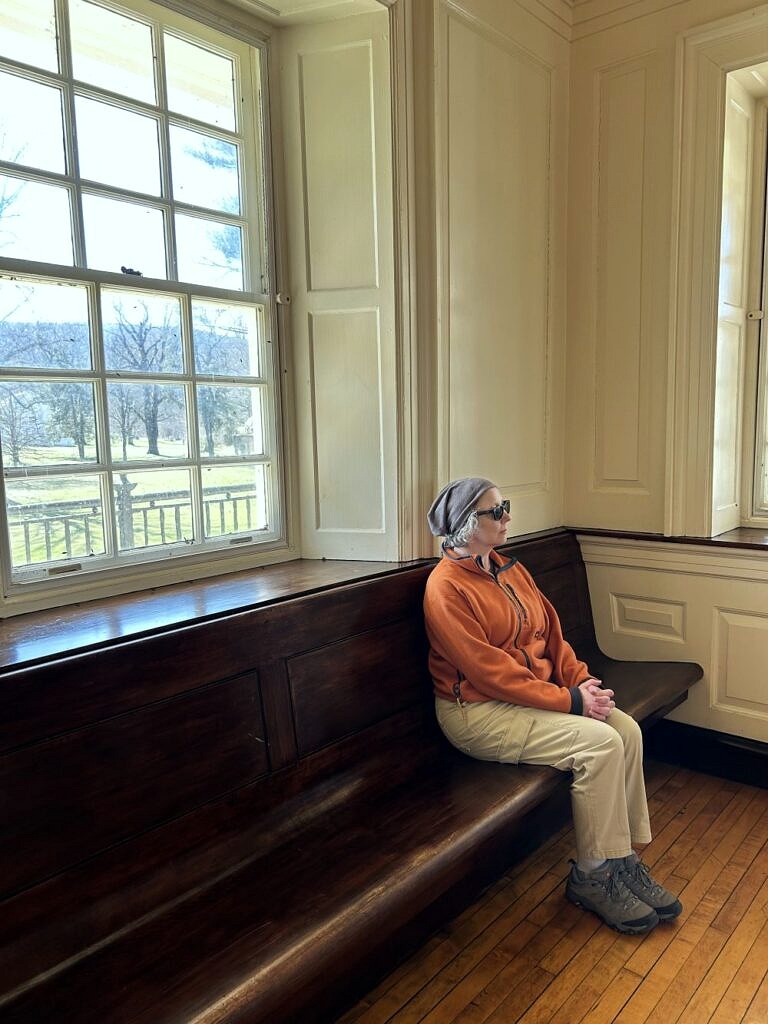
Today the building is lovingly restored, and features educational exhibits. If you’re walking, running, or biking the park, it’s a gratifying place to sit and have a rest.
Washington’s Headquarters
If the cabins were the best part of my childhood visit, Washington’s Headquarters, is my favorite
adult-visit attraction.
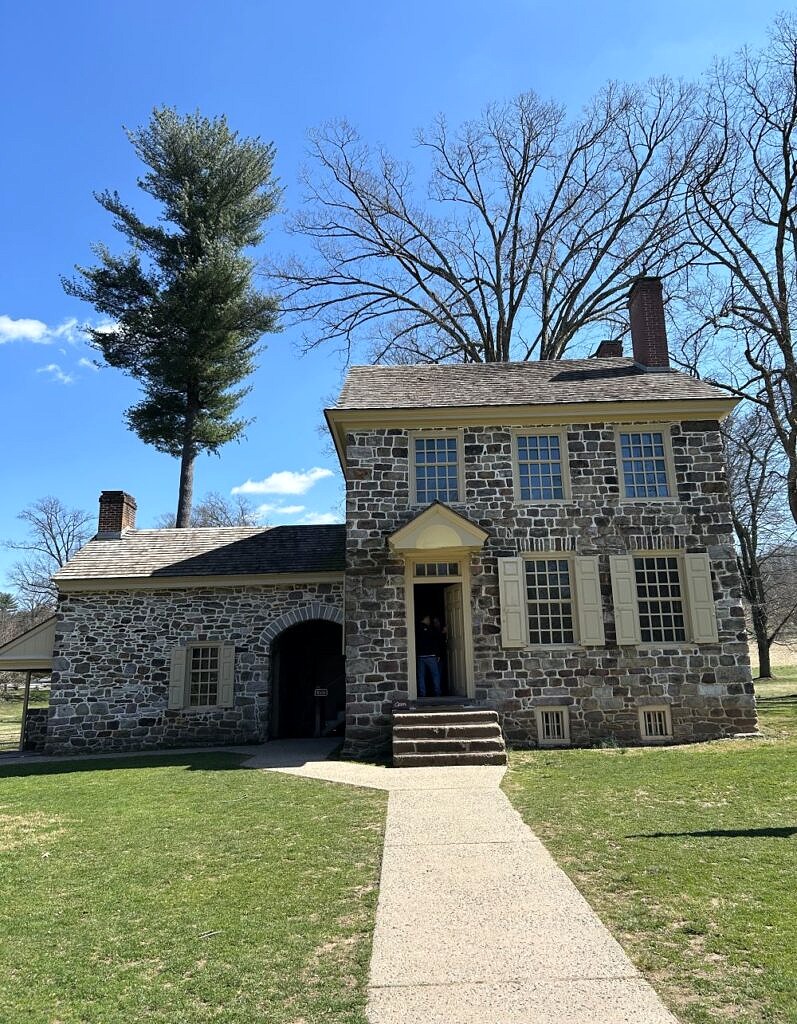
For the majority of our visit, we encounter locals, taking their dogs on leisurely strolls or riding their bikes. All of the tourists appear to be at Washington’s Headquarters.
There is a Ranger and a volunteer at the house. They give us details about the home, including my
favorite detail, that Alexander Hamilton visited the house, and touched the stair railing. It’s still the same railing, so if you want to touch something touched by Alexander Hamilton, this is your chance.
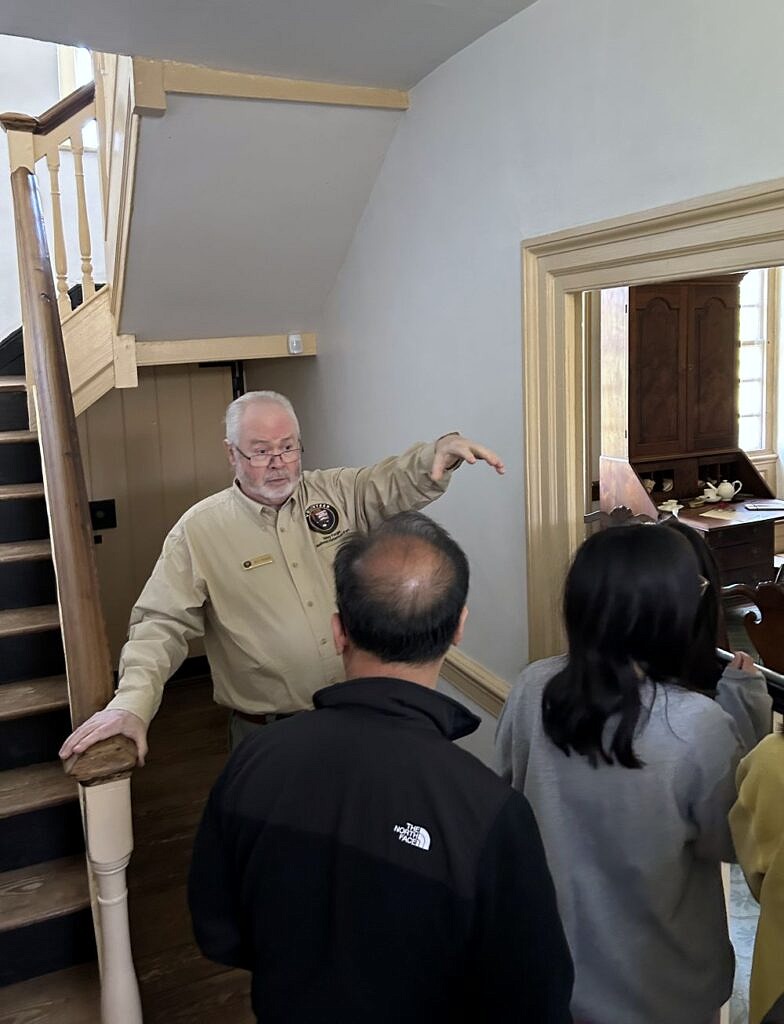
I love a recreated, old-timey, kitchen.
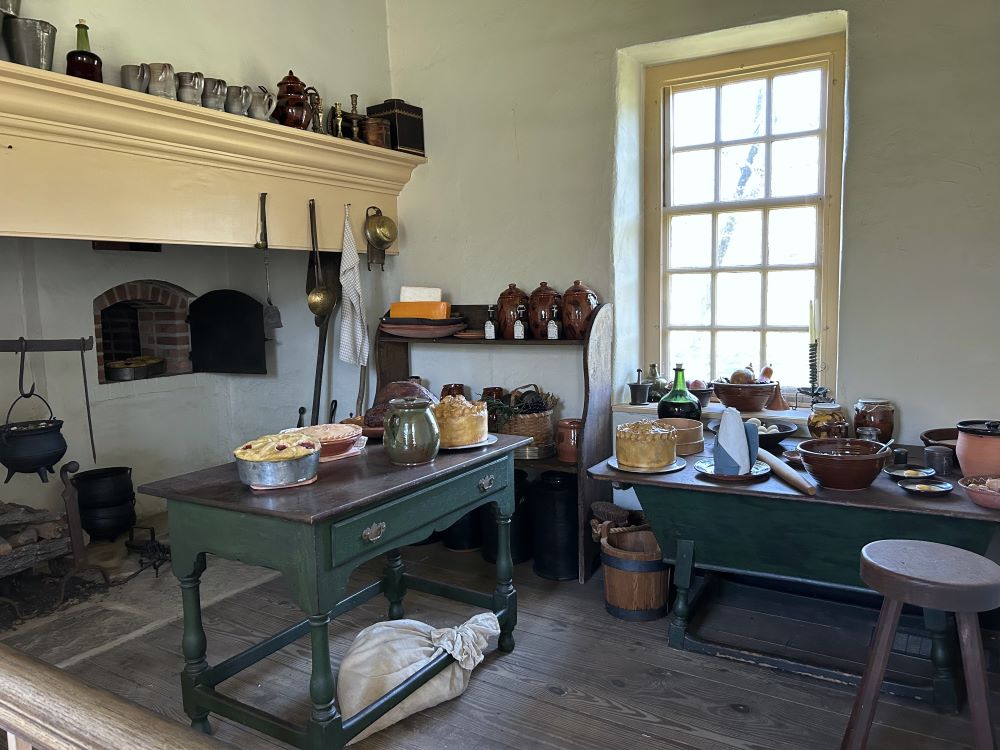
Valley Forge National Historical Park, put a lot of love into recreating the house.

It’s impressive.
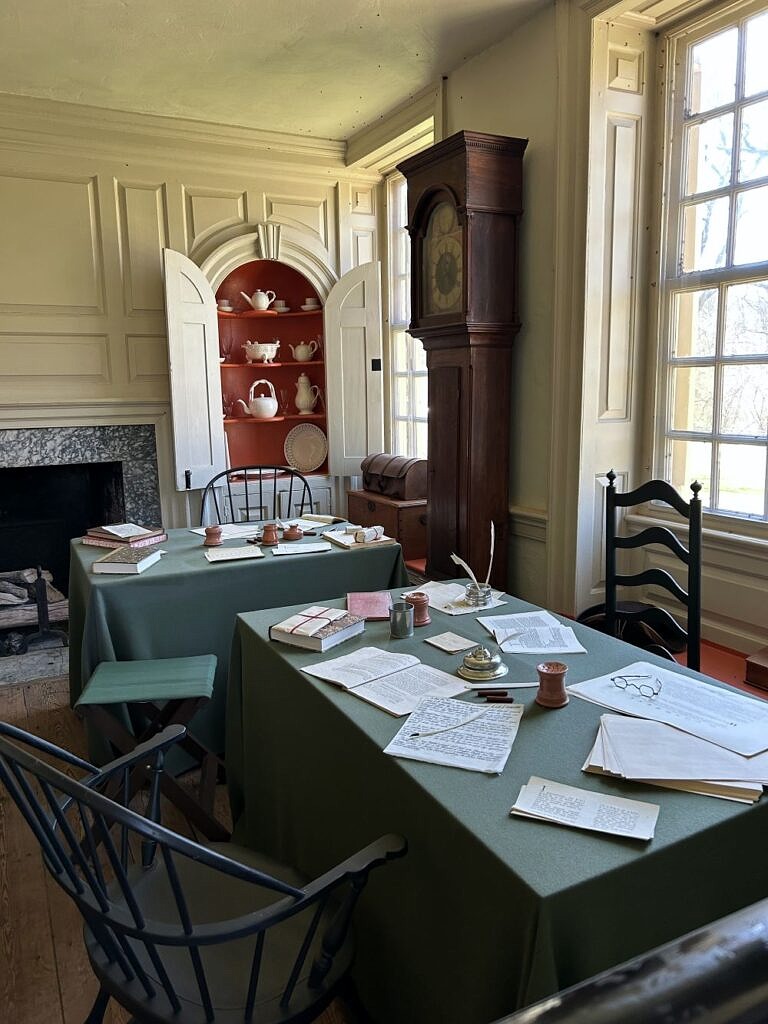
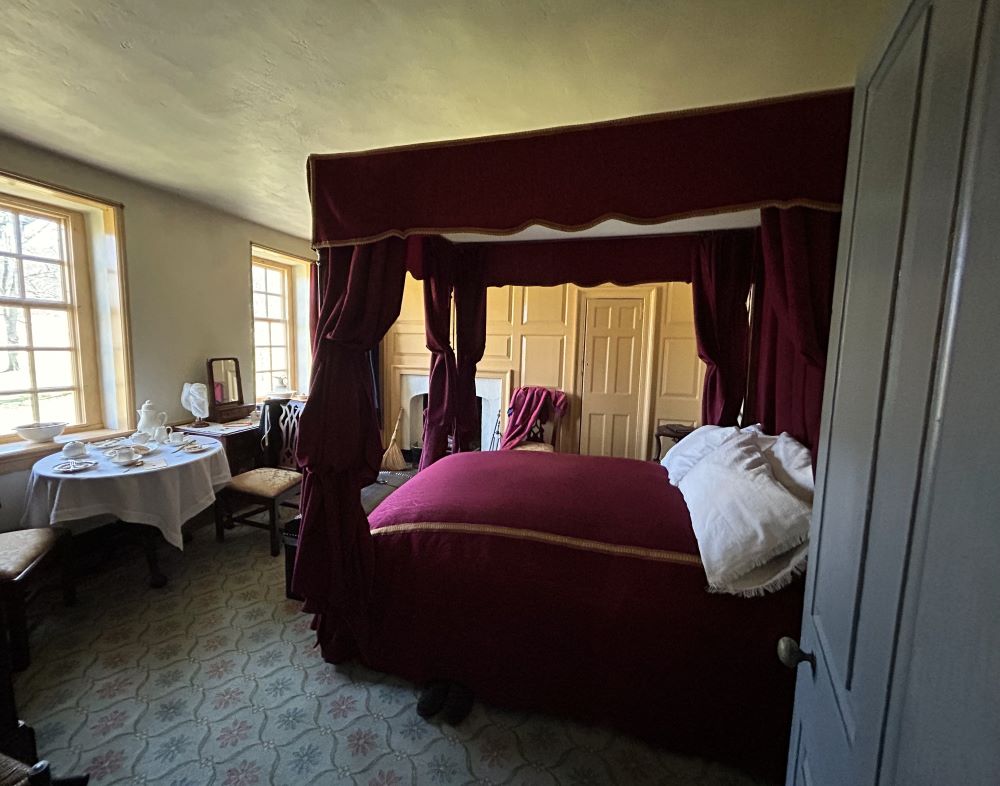
It’s also a calm, nature area.
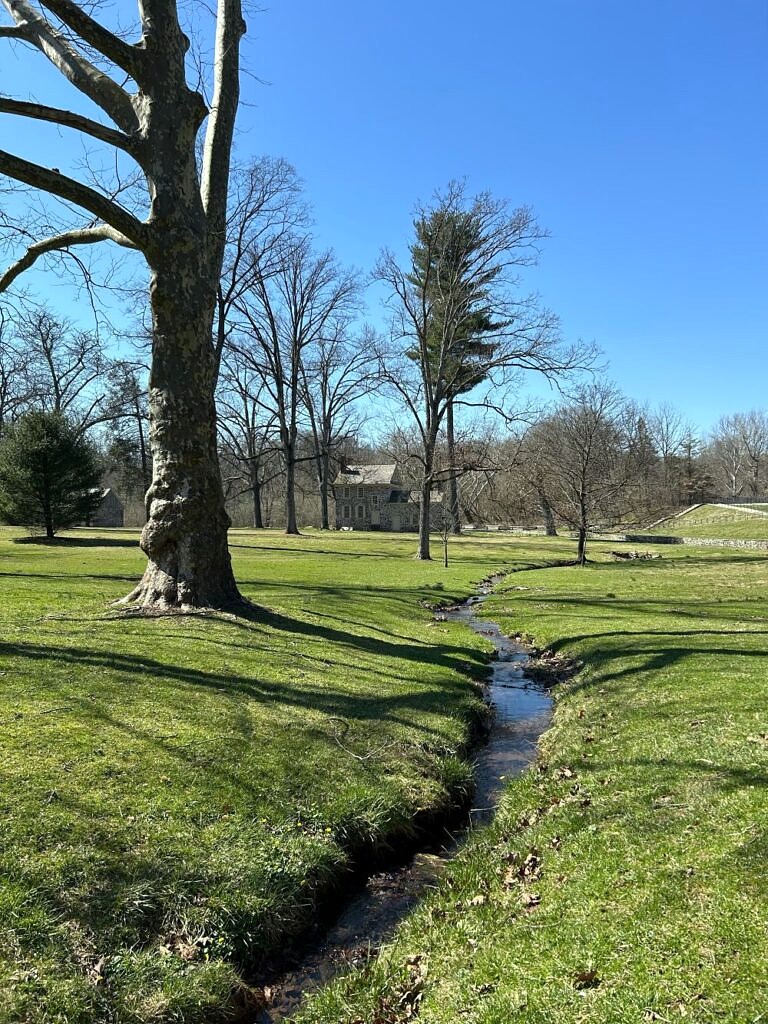
I recommend putting Washington’s Headquarters at the top of your Valley Forge Park to-do list. The
scenery is lovely, and this is an area of the park, where there is plenty of parking
Washington Memorial Chapel
Though most visit the chapel for the beautiful architecture, I am thrilled by the chapel’s used
bookstore. This is my first used bookstore within a National Park Site.
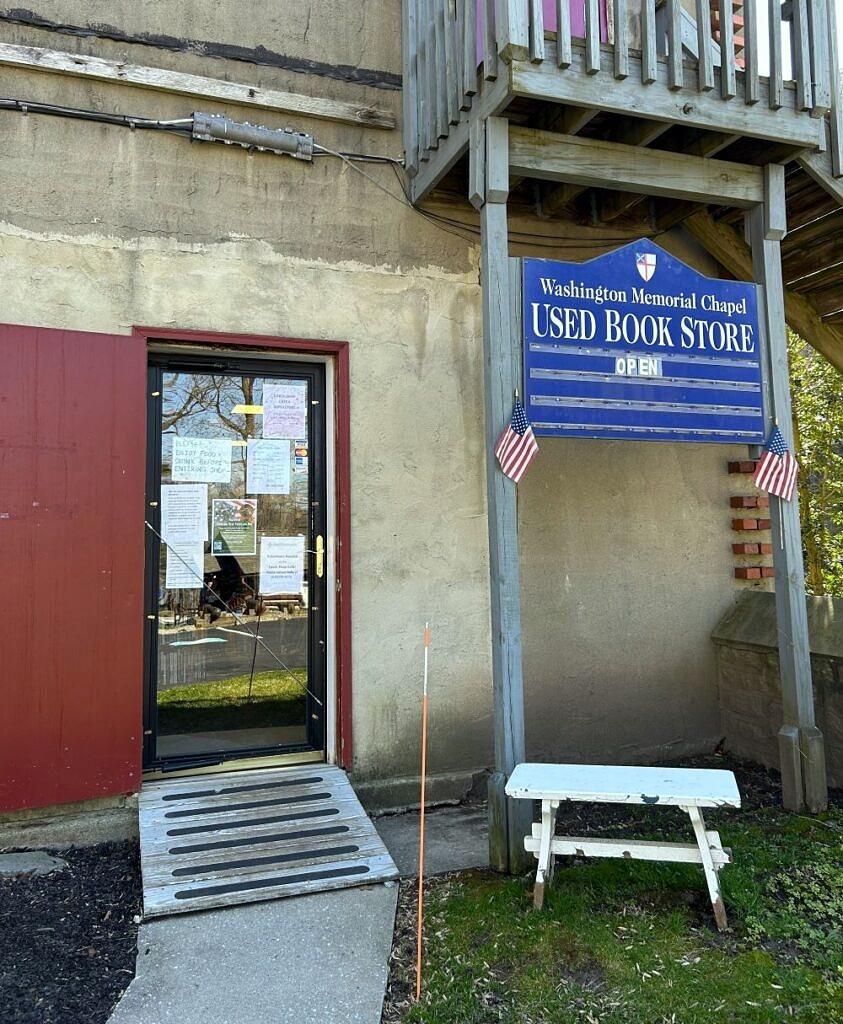
In addition to books, the store also sells a variety of used puzzles.
They had several Ravensburger puzzles, just in case you are practicing for the National Puzzle
Championship.
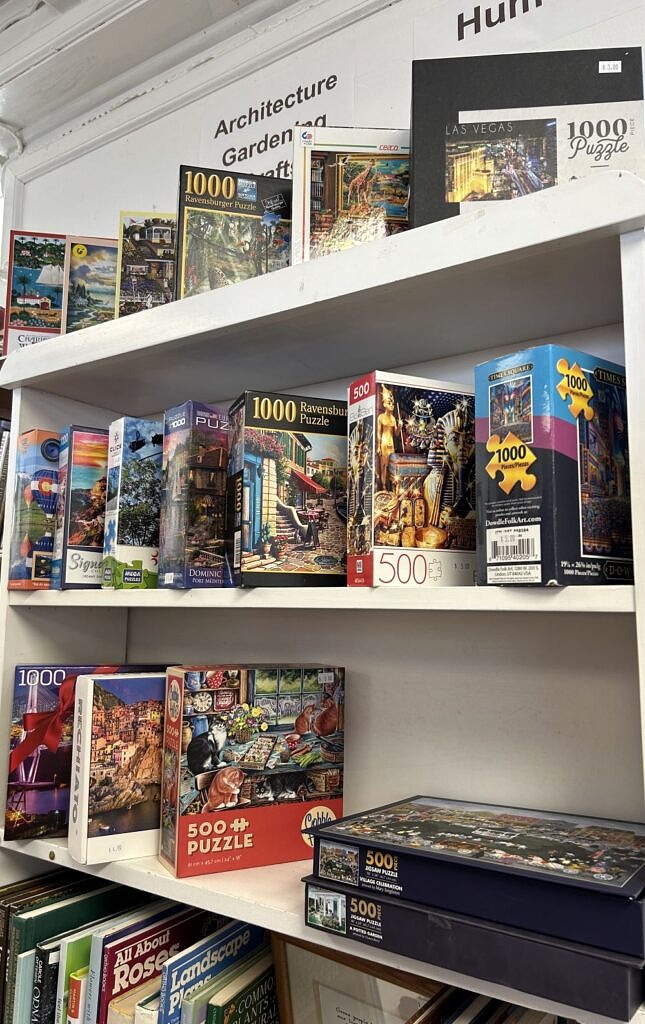
The Washington Memorial Cabin Shop and Café, is located in The Memorial Chapel, section of the park. The inside sings, cute, cozy, cabin.
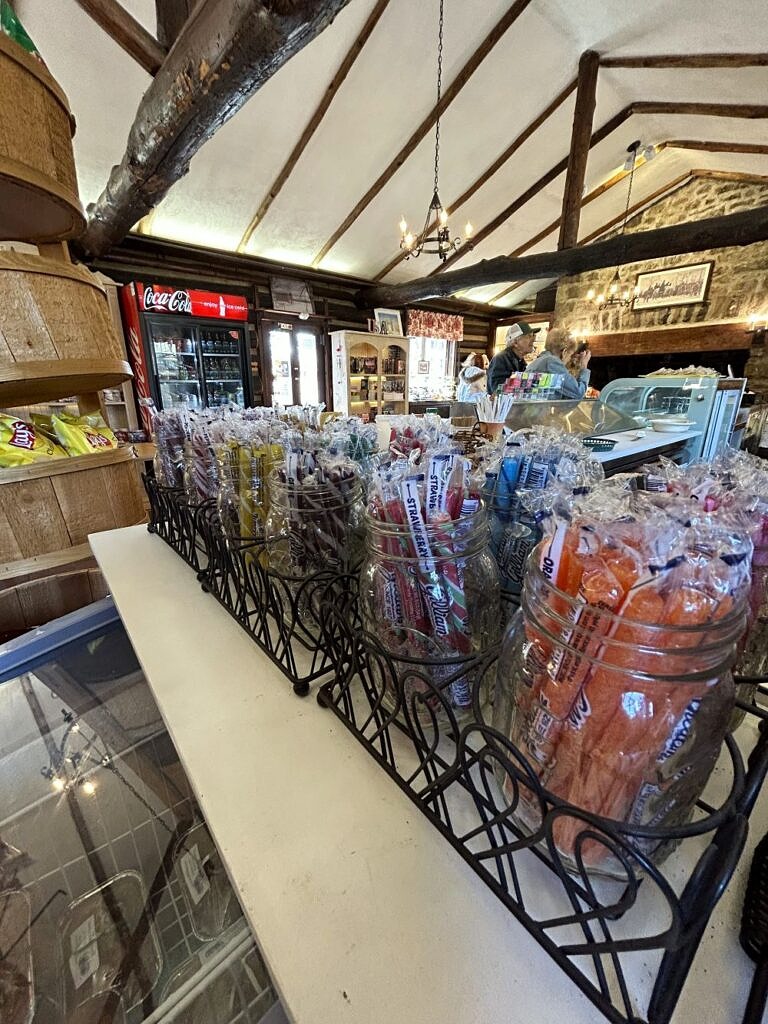
Though we brought snacks with us, the café looks like a great place to get coffee, lunch,
or a snack.
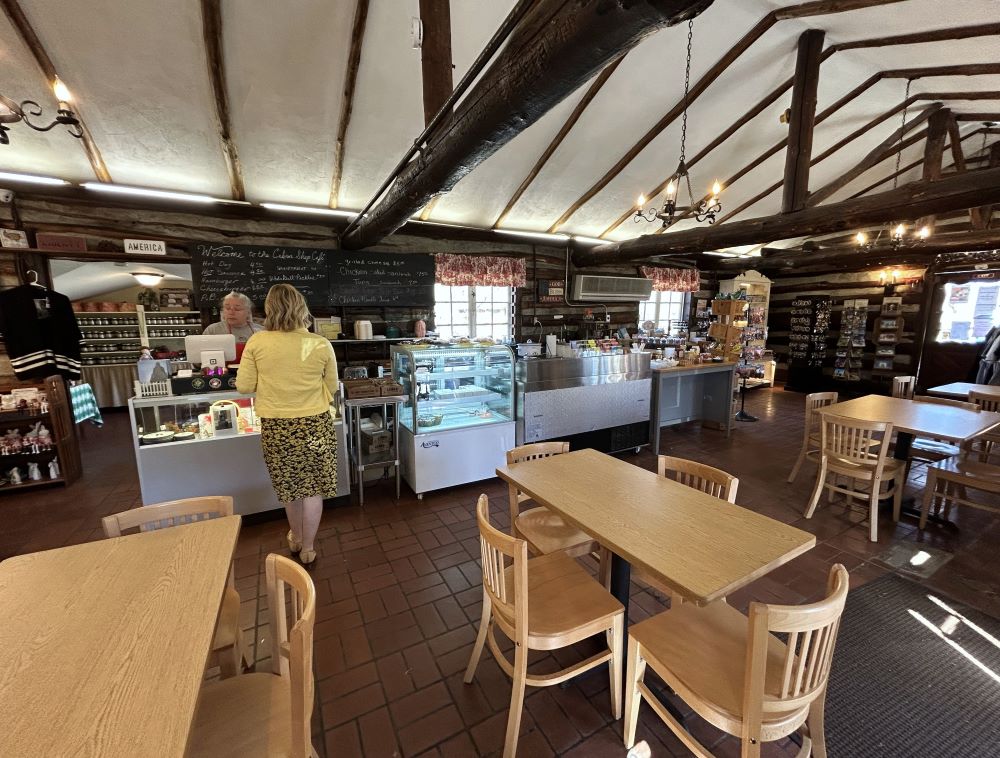
Approximately 40 minutes from the city of Philadelphia, Valley Forge National Historical Park, lives in the shadow of the more famous, Independence National Historical Park. If you are visiting Philadelphia, and need a break from hectic urban life, take a day trip to Valley Forge National Historical Park. It offers great nature trails and history to explore.
Extra Note: If you wish to extend your day trip, visit the nearby towns of Phoenixville or Skippack. They are small downtown areas lined with local, coffeeshops, restaurants and stores. If you are a pop culture fan, Phoenixville is home to The Colonial Theater, where a scene for the 1958 move, The Blob, was filmed.
